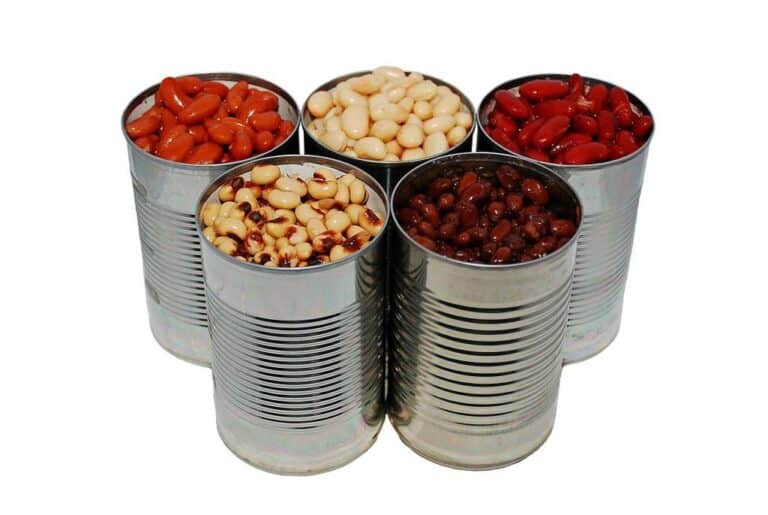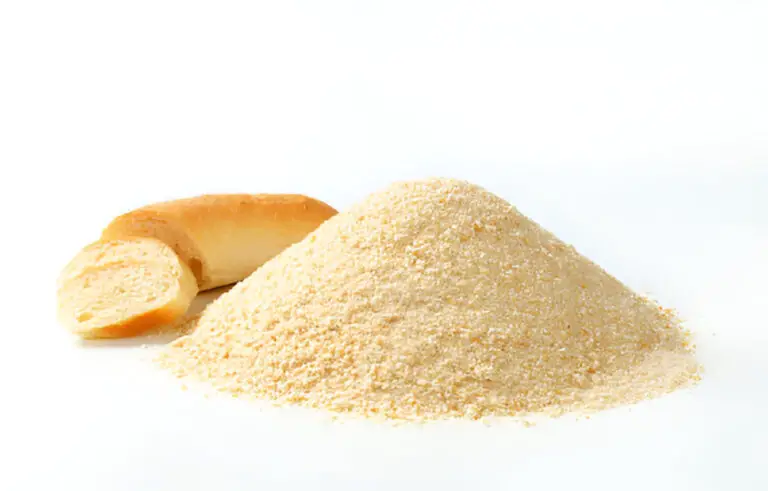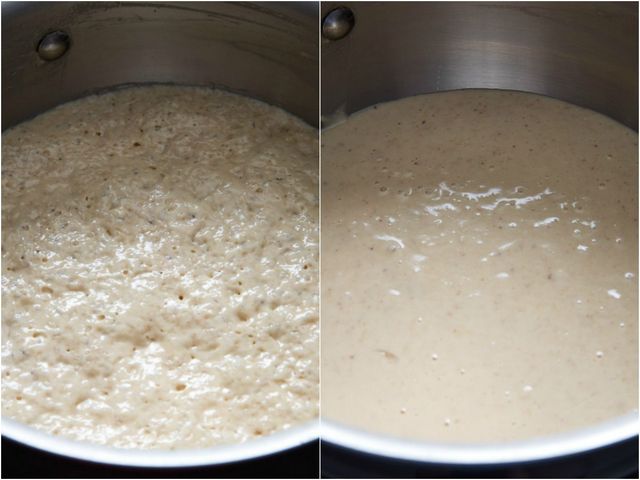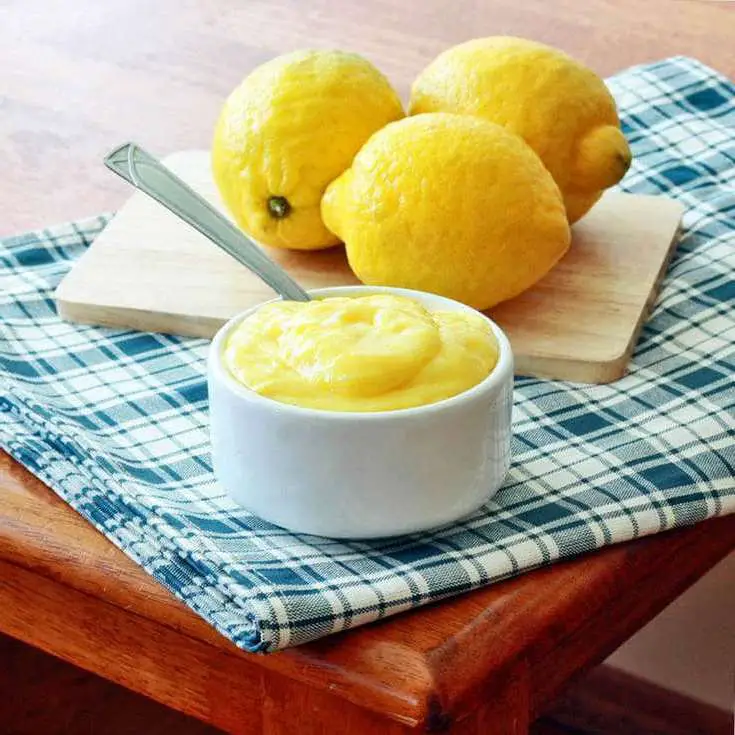Can You Eat Raspberries With Mold? Is It Safe To Eat Moldy Raspberries?
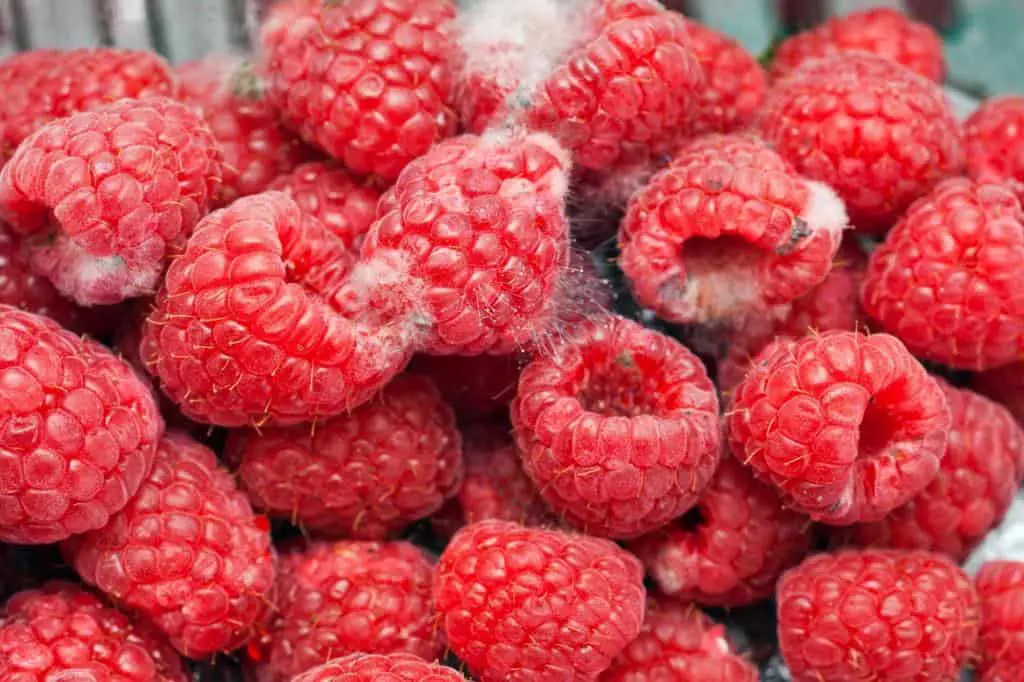
When you’re craving a sweet and juicy raspberry, the last thing you want to discover is a patch of mold on your beloved berry. The sight of mold can be alarming, but the question that immediately comes to mind is whether it’s safe to eat raspberries with mold.
Some may be tempted to simply cut off the moldy part and eat the rest of the berry, while others may be hesitant to consume it at all.
In this article, we’ll delve into the topic of moldy raspberries and answer the question: can you eat raspberries with mold? While it is not recommended, eating a raspberry with mold is unlikely to make you sick.
However, moldy fruit should be approached with caution, as some molds can produce mycotoxins that can be harmful to humans. We’ll talk about the possible health risks of eating moldy raspberries and give you tips on how to handle and store raspberries so that mold doesn’t grow on them.
Understanding Mold on Raspberries
Raspberries are a delicious and nutritious fruit that many people enjoy, but they are also prone to mold growth. Understanding what mold is and why it grows on raspberries is important for preventing the spread of mold and keeping your berries fresh for longer.
Mold is a type of fungus that grows on organic materials, including fruit. It can appear in a range of colors, including green, blue, white, and black.
Mold spores are always present in the air and can quickly grow on raspberries under the right conditions. Warm and humid environments provide the ideal breeding ground for mold, which is why raspberries tend to get moldy quickly in warmer climates.
Identifying moldy raspberries is relatively easy. When mold grows on raspberries, it appears as small, fuzzy patches on the surface of the fruit. Mold can appear as a fuzzy, white, green, or blue growth on the surface of the fruit.
These patches can spread quickly and become a health hazard if left unchecked. It can also have a slimy texture or a musty odor. If you notice any mold on your raspberries, it’s best to throw them away immediately.
Can You Eat Raspberries With Mold?
Moldy raspberries can be a cause for concern, and it’s natural to wonder if it’s safe to eat them. The short answer is no; you should not eat raspberries with mold on them.
Mold is a type of fungus that grows on organic matter, including fruits and vegetables. Eating moldy raspberries can lead to food poisoning, which can cause a range of unpleasant symptoms, including nausea, vomiting, diarrhea, and stomach cramps.
Eating moldy raspberries can be dangerous, especially for people with weakened immune systems or those with allergies to mold.
Moldy raspberries can cause allergies, breathing problems, and digestive problems, among other health problems. Some molds produce mycotoxins, which are toxic substances that can cause severe health problems, including liver damage and cancer. People with weak immune systems, the elderly, and young children are more likely to get sick.
Is It Safe To Eat Moldy Raspberries?
While it’s best to avoid eating moldy raspberries, the risk to your health depends on the extent of the mold growth and the type of mold present. If you notice that only a few berries in the container have mold on them, it’s best to discard them to prevent the spread of mold to the rest of the fruit.
However, if the mold growth is extensive and covers a large area of the berries, it’s best to throw the entire container away.
Food poisoning and other health problems can happen if you eat moldy raspberries. This is especially true for people with weak immune systems, children, and the elderly.
Eating moldy fruit can cause gastrointestinal symptoms such as nausea, vomiting, and diarrhea. In some cases, it can also cause respiratory problems, especially for individuals with asthma or other respiratory conditions.
Even if the mold is not visible on the surface of the raspberries, it’s possible that it has penetrated deep into the fruit. This is particularly true for soft fruits like raspberries, which have a high moisture content. Therefore, it’s important to be cautious and avoid consuming berries that have a strange smell or taste.
The Health Risks Associated With Eating Moldy Raspberries
Eating moldy raspberries can expose you to several health risks that can cause significant harm to your body. When mold grows on raspberries, it releases mycotoxins, which are harmful substances that can cause a range of health problems when ingested.
Mycotoxins are poisonous substances that some types of fungi make. They can cause short-term or long-term health problems. Food poisoning can happen if you eat moldy raspberries that are contaminated with mycotoxins. This can cause nausea, vomiting, stomach cramps, and diarrhea.
Moreover, mycotoxins can also cause more severe health problems. For instance, the Aspergillus mold produces aflatoxin, a type of mycotoxin that can damage the liver and cause liver cancer. Other mycotoxins can lead to respiratory problems, allergies, and even neurological damage.
Mold exposure is more likely to cause health problems in people with weak immune systems, young children, and people over 65. If you are allergic to mold, you might also have an allergic reaction to moldy raspberries.
The health risks associated with eating moldy raspberries make it essential to handle them with care. Mold can grow on raspberries if they are not stored properly. Keeping raspberries dry and in the fridge can help stop this. Also, if you wash raspberries well before eating them, you can get rid of any mold spores that might be on the surface.
INFO
It’s important to note that not all mold is harmful. Some types of mold are used in the production of certain foods, such as cheese and bread. But without laboratory tests, it’s hard to tell what kind of mold is growing on your raspberries. Therefore, it’s best to avoid consuming any berries that show visible signs of mold.
How To Prevent Mold Growth on Raspberries
Preventing mold growth on raspberries is essential to keeping them fresh and safe to eat. You can minimize the chances of mold growth by following proper handling and storage procedures for raspberries. Here are some tips to help you keep your raspberries mold-free:
1. Inspect Your Raspberries Before Buying
Before buying raspberries, take a close look at the fruit to make sure there are no signs of mold or spoilage. Check for any discolored or mushy berries and avoid purchasing them.
2. Properly Store Your Raspberries
Proper storage is crucial to preventing mold growth on raspberries. Store your raspberries in the refrigerator as soon as you get home from the store. Place them in a container lined with paper towels to absorb any excess moisture. You can also place a few paper towels on top of the raspberries to help keep them dry.
3. Wash Your Raspberries
Wash your raspberries just before you plan to eat them. Rinse them gently under cold water and then pat them dry with a clean towel or paper towel. Make sure to remove any damaged or moldy berries before washing.
4. Avoid Storing Raspberries in Plastic Bags
Storing raspberries in plastic bags can trap moisture and lead to mold growth. Instead, store your raspberries in a breathable container like a shallow bowl or a mesh bag.
5. Freeze Your Raspberries
If you can’t eat your raspberries before they start to spoil, consider freezing them. Simply wash and dry your raspberries, then spread them out on a baking sheet lined with parchment paper. Place the baking sheet in the freezer until the berries are frozen solid, then transfer them to a freezer-safe container. Frozen raspberries can last for several months.
6. Use Vinegar Solution
To kill any bacteria or mold that may be present on your raspberries, you can use a vinegar solution. Mix one part vinegar with three parts water, and soak your raspberries in the solution for about five minutes. Rinse them thoroughly with water and pat them dry before storing.
How Do You Make Berries Last Longer in the Fridge?
Berries are delicious and nutritious, but they can be quite perishable. It can be frustrating to buy a package of fresh berries only to have them go bad within a few days. Fortunately, there are steps you can take to help berries last longer in the fridge.
One of the most important things you can do is properly store your berries. Rather than leaving them in the clamshell container they came in, consider transferring them to a sealable container lined with paper towels. The paper towels will help absorb excess moisture, which can contribute to mold growth. You can also add layers of paper towels between each layer of berries to further absorb moisture and prevent them from getting crushed.
Another key to extending the shelf life of your berries is to keep the container slightly open. This will allow excess moisture to escape, helping to keep the berries dry and preventing mold growth. Be careful not to leave the container too open, however, as this can cause the berries to dry out.
It’s also important to keep your berries cool. Store them in the refrigerator as soon as possible after buying them, and try to avoid leaving them out on the counter for extended periods of time. If you’re transporting your berries, consider using a cooler or insulated bag to help keep them cool.
Lastly, make sure to inspect your berries regularly for signs of spoilage. Discard any berries that are moldy, soft, or have an off smell. Even if you’ve taken all the right steps to store your berries properly, they can still go bad if they were already overripe or damaged when you bought them.

